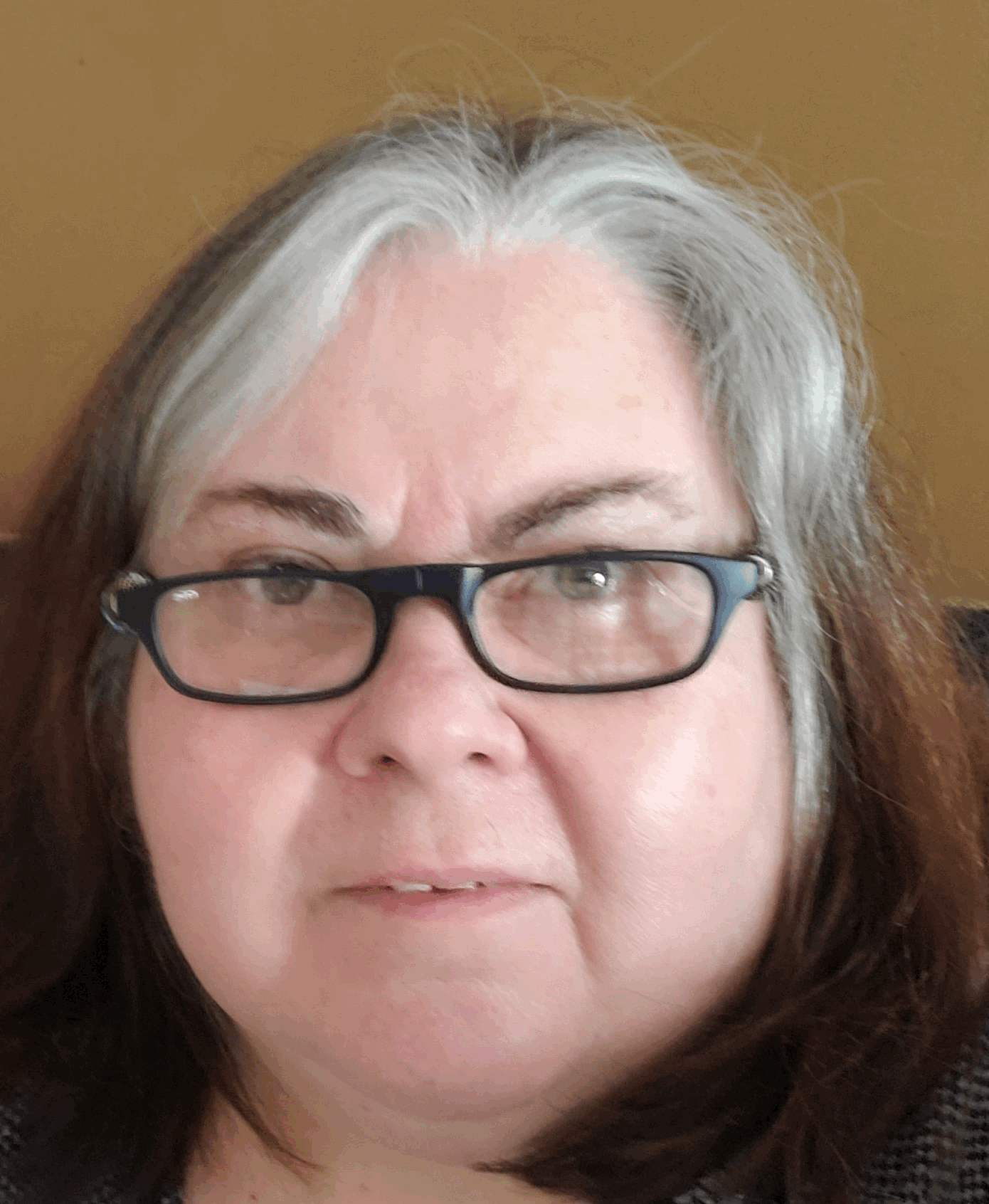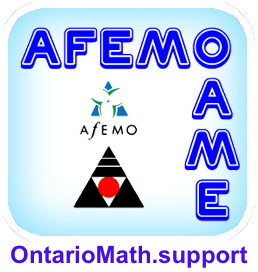President's Message - December 2025
Postive Identity As A Mathematics Learner

KIT LUCE
kit.luce@oame.on.ca
Life at work has been busy lately as we prepare impactful professional learning for educators across both elementary and secondary panels . When planning any presentation, I always begin by considering what educators want to know, what students need to learn, and which resources best support those goals .
Recent EQAO (Education Quality and Accountability Office) survey data from May and June 2024 revealed compelling insights into students’ attitudes toward mathematics . When asked whether they agreed with the statement, “A person can always get better at math,” over 85 percent of students in Grades 3, 6, and 9 responded positively . This suggests a strong belief in the potential for mathematical growth . However, when asked if they agreed with, “I can answer difficult questions,” agreement dropped to between 38 percent and 46 percent . It seems students believe in growth for others—but not necessarily for themselves .
What causes this disconnect?
Over the past five years, many resources have emphasized that mathematics should be accessible to all students, and that every learner can engage meaningfully with challenging concepts . Jo Boaler’s work on www . youcubed .org offers valuable tools for fostering positive math mindsets . The Ontario Curriculum, Grades 1–8: Mathematics Curriculum Context 2020 (Ontario Ministry of Education, p . 14) reinforces this, stating: “Having a positive attitude towards mathematics and developing self-efficacy are important elements of students’ achievement of the expectations and of all future mathematics learning .”
Self-efficacy, as defined by the American Psychological Association, is “an individual’s subjective perception of their capability to perform in a given setting or to attain desired results” (https://dictionary .apa .org/self-efficacy) . The curriculum’s vision (p . 6) is intended to help all students develop a positive identity as mathematics learners—seeing themselves as mathematically skilled, using math to make sense of the world, and making critical decisions based on sound reasoning . This vision comes to life in classrooms filled with enthusiasm, where students receive high-quality instruction and are empowered to reach their full potential .
So how do we help students develop that positive identity?
One area I’ve been focusing on in professional development is designing lessons that make challenging math concepts accessible, emphasize conceptual understanding, and connect to both real-world contexts and rich mathematical thinking .
A powerful strategy is the use of open questions . These might offer multiple solutions or multiple pathways to a single solution, allowing students to engage based on their prior knowledge and experience . Marian Small has championed this approach at many OAME/AOEM conferences . Her series of books, Open Questions, are invaluable resources for educators from Kindergarten through Grade 9 and beyond . In one presentation, she outlined key criteria for a good open question:
• Engenders thinking, not repetition
• Focuses on important math
• Allows entry to all learners
• Leads to rich mathematical conversation • Extends strong learners
• Provides ample assessment-for-learning opportunities
When students see possibilities in a math question— when they feel invited to explore and reason—it strengthens their identity as capable math learners .
Exploring foundational ideas—like fraction operations, measures of central tendency, and algebraic reasoning— helps students grasp the “Why?” behind procedures . Concrete models and visual representations are essential tools in this process . Consider how you use manipulatives in your classroom . Are they central to instruction, or reserved for “those students who need them”?
I encourage you to reflect on how your lessons help students see themselves as confident mathematics learners . Open questions, manipulatives, and visual models offer a strong starting point . You might also ask your students directly:
• Do you believe you can solve challenging problems?
• Do you know what steps to take to improve in math?
• Do you believe you can be successful in math?
Gathering this data—and revisiting it in a few months— can offer powerful insights into your students’ growth as mathematical thinkers .
As we continue to plan and teach with purpose, let’s keep our focus on helping students build confidence and see themselves as capable math thinkers . The OAME/ AOEM vision reminds us that every student deserves high- quality instruction and the chance to develop a positive identity as a mathematics learner . Whether it’s through open questions, concrete tools, or rich conversations, we have the power to shape classrooms where students feel seen, challenged, and supported . Small shifts in our practice can lead to big changes in how students experience math— and in how they see themselves . That’s the kind of impact we strive for, and it’s at the heart of our work together .
OAME/AOEM is a community of passionate educators committed to equity and excellence in mathematics . Let’s keep leaning on each other, sharing what works, and lifting up every learner—because when we grow together, our students thrive.
Previous Message:
My Amazing President's Message for You


















 Like us on FaceBook
Like us on FaceBook